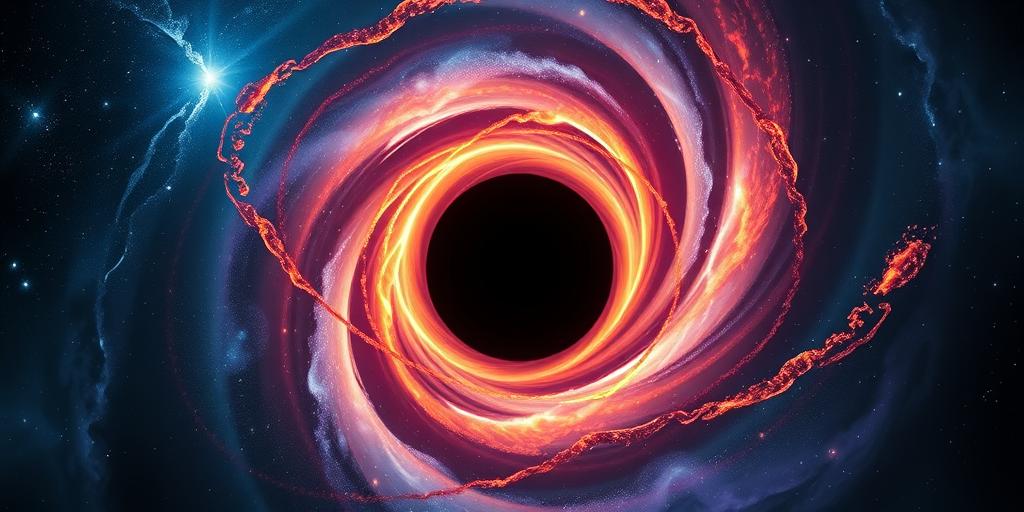Understanding Black Holes: Event Horizons and Singularities
Black holes are among the most mysterious and fascinating objects in the universe. Formed from the remnants of massive stars that have collapsed under their own gravity, these cosmic entities possess gravitational fields so intense that nothing, not even light, can escape their grasp. To truly understand black holes, it's crucial to explore two key concepts: the event horizon and the singularity.
The Event Horizon: The Point of No Return
The event horizon is often described as the "point of no return" around a black hole. It's the boundary beyond which nothing can escape the black hole's gravitational pull. Think of it as an invisible sphere surrounding the singularity. Once an object crosses the event horizon, it is destined to be drawn into the singularity at the black hole's center.
Key Aspects of the Event Horizon:
- Schwarzschild Radius: The size of the event horizon is determined by the mass of the black hole. This is quantified by the Schwarzschild radius, named after physicist Karl Schwarzschild, who provided the first exact solution to the Einstein field equations describing a black hole.
- No Physical Barrier: It's important to understand that the event horizon is not a physical barrier like a wall. Instead, it's a region in spacetime where the escape velocity exceeds the speed of light, making escape impossible.
- Observer Dependence: The properties of the event horizon can appear different depending on the observer's perspective. For an observer falling into the black hole, crossing the event horizon might seem like passing through an unremarkable point in space. However, to a distant observer, the object would appear to slow down and fade as it approaches the event horizon due to the extreme gravitational effects.
The Singularity: The Heart of Darkness
At the very center of a black hole lies the singularity. This is a point where all the matter that has fallen into the black hole is crushed into an infinitely small space. Our current understanding of physics breaks down at the singularity.
Key Characteristics of the Singularity:
- Infinite Density: The singularity is theorized to have infinite density and zero volume. This is a consequence of the complete gravitational collapse of matter.
- Unknown Physics: The conditions at the singularity are so extreme that they defy our current understanding of physics. General relativity, Einstein's theory of gravity, predicts the existence of singularities, but it cannot fully describe them. Physicists believe that a theory of quantum gravity is needed to understand the singularity fully.
- Theoretical Construct: It's essential to remember that the singularity is a theoretical concept. Its true nature remains one of the biggest mysteries in modern physics.
How Are They Related?
The event horizon and the singularity are intrinsically linked. The singularity is the inevitable destination for anything that crosses the event horizon. The event horizon's size and properties depend on the mass concentrated at the singularity.
In summary, the event horizon is the boundary defining the region from which nothing can escape a black hole, while the singularity is the infinitely dense point at the black hole's center where the laws of physics as we know them cease to apply. Together, these concepts paint a picture of black holes as cosmic enigmas that continue to challenge and inspire scientists worldwide.









